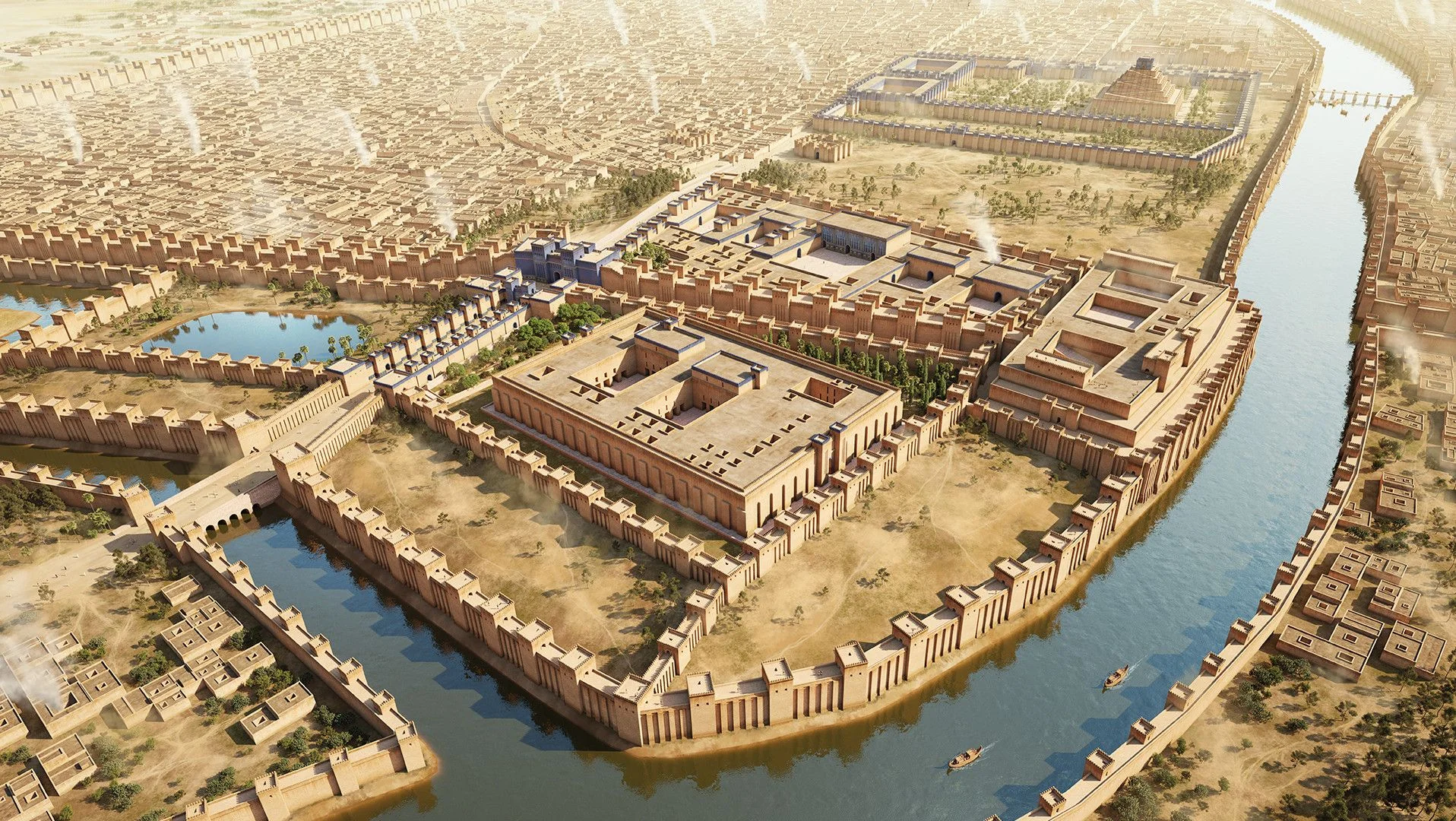
Hey there, history enthusiasts! Ever wondered about the mighty city of Babylon and how it met its downfall?
Well, buckle up as we journey back in time to explore the intriguing tale of Babylon’s rise and eventual fall.
In this article, we’ll delve into the key events, internal and external factors, and the pivotal role played by Cyrus the Great.
So, grab your time-traveling hat, and let’s uncover the mysteries behind the fall of Babylon!
Babylon History
Travel back in time and let’s delve into the fascinating history of Babylon.
In days of old, this city shone as a true treasure of the ancient world, mesmerizing all who beheld its magnificence.
It stood as a remarkable emblem of power, culture, and ingenuity, etching an unforgettable tale in the annals of history.
The entire globe was spellbound by its enchanting Hanging Gardens, the grand Ishtar Gate, and the storied Tower of Babel – each playing a part in crafting an image of a city beyond compare.
- Read also: Who were The Mamluks? Unraveling the Incredible Story
- Read also: The Mayan Pantheon: Exploring the Deities of an Ancient Civilization
Key Events that Led to the Fall of Babylon
Internal factors
Economic problems
Picture a vibrant city, a hub of bustling trade and boundless wealth.
But as the sands of time trickled on, the winds of economic mismanagement swept over Babylon, leaving its once-thriving prosperity tarnished.
The golden era began to lose its luster, and the spark of financial stability began to dim, casting shadows over the city’s infrastructure and defenses that were once its pride.
Political instability
The tapestry of Babylon’s politics, once intricately woven, began to fray.
The corridors of power echoed with power struggles and a vacuum of strong leadership, like gusts eroding the bedrock of stability.
The city found itself caught in a cycle of changing rulers and internal discord, weakening its resilience and leaving it exposed to the looming shadows of external threats.
Religious unrest
Religion, an essential thread woven through the fabric of Babylonian life, was not without its complications.
The same religious fervor that once bound the city began to unravel in the face of growing conflicts.
The spiritual tapestry, once a unifying force, found itself frayed by dissent among religious factions.
This turmoil created fault lines within the community, sowing seeds of disunity and discord that gnawed at the city’s foundation.
External Factors:
The rise of the Persian empire
A significant shift occurred in the ancient world with the rise of the Persian Empire.
As Babylon’s inner vitality began to wane, a fresh power started to emerge – the impressive Persian Empire, under the leadership of the forward-thinking Cyrus the Great.
Driven by ambitions of expansion, Cyrus turned his attention toward Babylon, acknowledging its pivotal role in his expansive imperial strategy.
The clash between the determined strength of the Persians and the diminishing grandeur of Babylon became an eventuality that could not be ignored.
The diversion of the Euphrates river
In a stroke of strategic brilliance, Cyrus and his skilled forces devised a plan that would go down in history.
The Euphrates River, a lifeline coursing through the heart of Babylon, became their conduit to conquest.
By diverting the river’s flow, they lowered its water level, exposing the riverbed beneath. In the cloak of darkness, Cyrus’s troops ventured stealthily along this unconventional path.
The very element that had once nurtured Babylon now facilitated its undoing.
The Role of Cyrus the Great in the Fall of Babylon
Cyrus, a master of military tactics and a visionary strategist, orchestrated a series of moves that would culminate in Babylon’s downfall.
The city, once a bastion of power, found itself ensnared in a web of calculated brilliance.
Cyrus’s genius lay not only in his ability to wield forces but also in his capacity to unravel the intricate threads of Babylon’s defenses.
As dawn broke, the city stood at the crossroads of fate.
The culmination of Cyrus’s strategic prowess and the audacious journey through the Euphrates River bore fruit.
Babylon, the jewel that once seemed impervious, yielded to the calculated brilliance of Cyrus.
It was a moment where strategy met destiny, where the echoes of Babylon’s grandeur were overshadowed by the calculated brilliance of its conqueror.
- Read also: The Mesopotamian Pantheon: A Journey into Ancient Deities
- Read also: Africa in the Middle Ages
Conclusion
As we stand on the threshold of this historical juncture, we’re reminded that the grandest edifices of power are not immune to the passage of time.
The tale of Babylon’s fall serves as a resounding echo across history, imparting the lesson that no empire, no matter its opulence, is immune to the dance of fate.
It is a lesson in humility, a reminder that even amidst the towering heights of human achievement, the tides of change and destiny have the power to reshape the course of empires.
FAQs
Yes, Babylon was considered one of the largest and most influential cities in the ancient world.
The Hanging Gardens were one of the Seven Wonders of the Ancient World, showcasing Babylon’s architectural marvels and the grandeur of its rulers.
Cyrus was known for his relatively tolerant and respectful approach towards the people of Babylon. He allowed them to continue their way of life and practice their religions.
The ruins of Babylon can still be found in present-day Iraq. These archaeological remains offer glimpses into the city’s rich history.
The fall of Babylon teaches us about the fragility of power and the importance of strong governance, unity, and adaptability in the face of changing circumstances.



